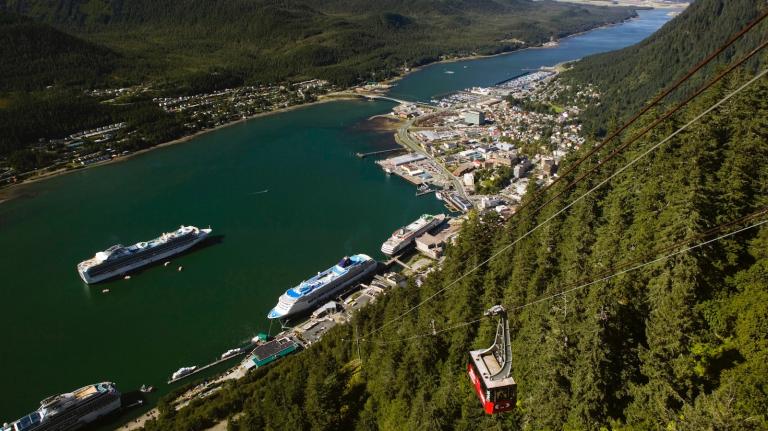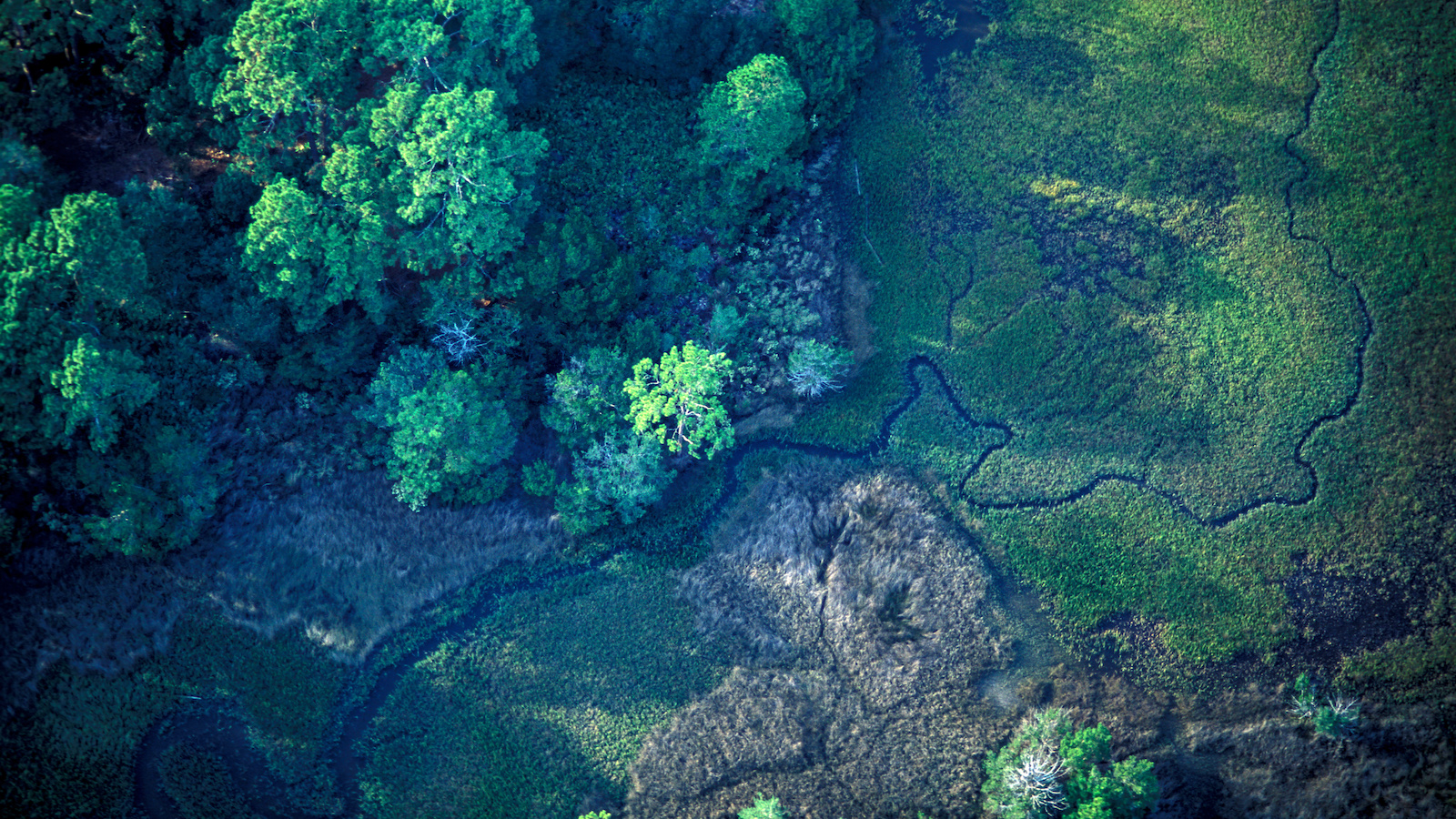Coastal Georgia regulators want to change a rule designed to protect the state’s marshes, which serve as a buffer against storms and rising sea levels and a vital part of the coastal ecosystem. But advocates say the seemingly small change points to a need for a broader review of marsh protections.
The state passed a law to protect coastal salt marsh half a century ago, which means that now, though Georgia has just 100 miles of coastline, it’s home to half a million acres of salt marsh — the second-largest amount of salt marsh in the country and a third of the marshes on the East Coast. Those marshes absorb the power of strong storm surges and capture carbon in their grasses and mud.
So coastal advocates are especially sensitive to changes in the state’s marsh law — concerned that modifications to allow more development could erode protections, leading to actual erosion of the coastline itself.
But at a public meeting last week on the proposed change, state officials tried to assuage concerns.
“This amendment is not intended to roll back any marsh protections,” said Jill Andrews, chief of coastal management for the state’s Coastal Resources Division, or CRD. “It will not change a thing within the actual Coastal Marshlands Protection Act itself. It is not intended, nor will it, fast-track bulkheads or shoreline hardening.”
Salt marshes exist along much of the country’s coastline, from New England to Florida, along the Gulf, and on the West Coast — but many have been degraded or destroyed by development, industry, and other human activities. Multimillion-dollar efforts are underway in many of those places to restore marsh habitat. In the Southeast, coastal managers have launched a new regional initiative aimed at restoring and better protecting the marshes in the Carolinas, Georgia, and Florida.
In Georgia, most structures built in the state’s well-preserved coastal marshes need a permit under the marsh protection law, also known as CMPA. That goes for large docks, marinas, or a length of bulkhead — a kind of small wall along the waterfront designed to prevent shoreline erosion of someone’s backyard.
Those projects also get a 50-foot buffer, a zone of dry land where no building or paving is allowed because it might affect the marsh. The buffer line is measured from the part of the project that’s farthest from the marsh, known to regulators as the “upland component.” For a marina, that might include buildings for dry dock boat storage, bathrooms, or a shop. For shoreline stabilization like a bulkhead, the upland component might only be underground anchors that hold the structure in place.
The buffer rule is what CRD wants to change, because the agency says it can be a problem for smaller projects.
At the public meeting last week, Andrews explained that the buffer for a bulkhead on a residential property might run through the house. In an example she showed, the buffer encompasses most of a home’s backyard. That means the homeowner couldn’t build a shed, fire pit, or swing set without special permission from the CRD, which the agency says creates a burden both for homeowners and for the agency.
So the agency is proposing a rule change to exempt small projects from the upland component buffer requirement. Andrews and other CRD officials at the meeting stressed that shoreline stabilization projects and anything else built in the marsh will still need CMPA permits, even if the project is exempted from the buffer rule.
But critics said it’s time for a more comprehensive review. Instead of the rule change, several environmental groups are calling for a stakeholder committee to take a holistic look at how projects are approved and what rules protect the marsh.
Speaking at the meeting, Bill Sapp of the Southern Environmental Law Center said bulkheads are particularly worrisome because while building them can stabilize a shoreline in the short term, they can do long-term damage to the marsh. And though each project is small, Sapp said they can add up.
“There are going to be more and more bulkheads built along the Georgia coast over the years as the sea level rises,” he said.
And advocates said this permitting question points to a bigger concern: development too close to the marsh.
Josiah Watts grew up on Sapelo Island and now works for environmental group One Hundred Miles. He told attendees at the meeting the marsh is sacred as well as a protective buffer for the coast, and the state should rethink allowing building close to it.
“When we’re talking about bulkheads, we’re also talking about development,” he said. “That means that there is construction and building near these spaces on the coast and the marsh.”
The Coastal Resources Division is accepting public comments about the proposed change to marsh buffers until January 19.




